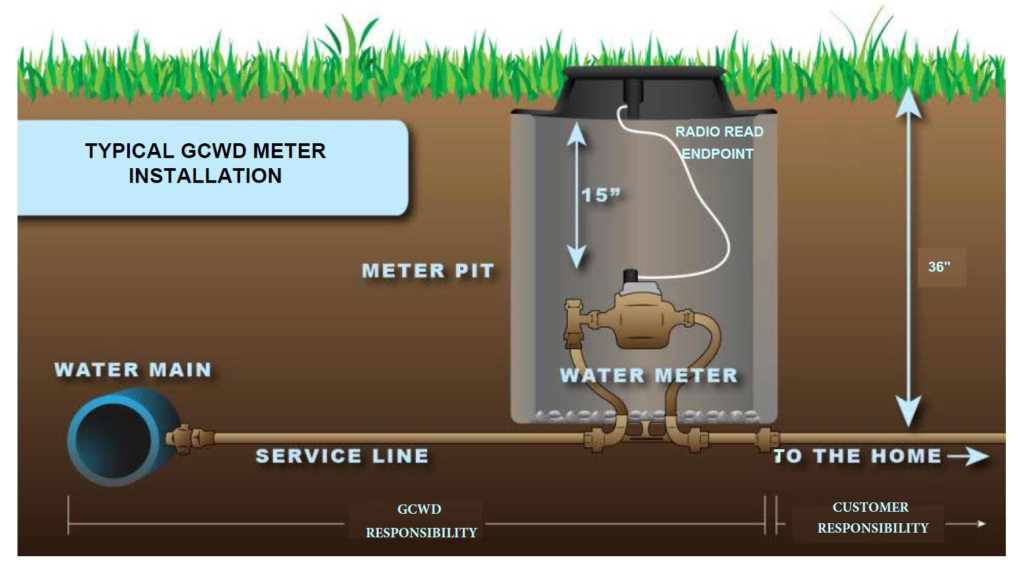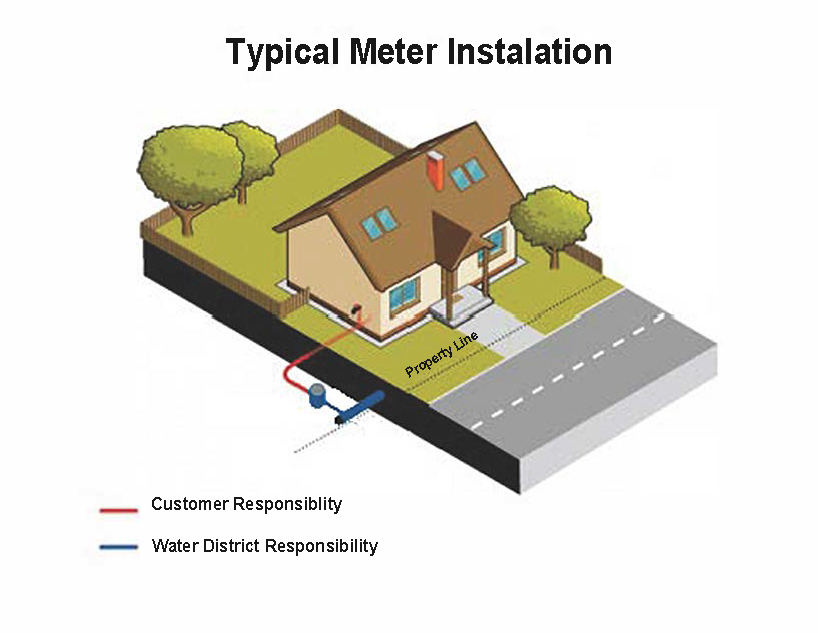The EPA is proposing a Lead Replacement Program that requires utilities to identify and begin to replace any lead service lines, and identify all copper services, this includes copper in the customers service. We will also be required to update our Lead and Copper sampling schedule. The GCWD needs your help in identifying the type of plumbing in every service in our system. Please take the time to fill out the short survey to help us get this process complete. Lead Service Line Inventory Survey. Please see the examples at the bottom of the page that reference the customers service. A Lead Service Line Inventory Map has been created in order to help keep our customers informed of the progress of the inventory and also to let all customers know of the possibilities of the presence of lead when moving into a new residence.
The GCWD has been very successful in its drinking water treatment process in keeping a drinking water that is considered neutral. What this means for you as a customer is that the drinking water that we provide is not corrosive in nature and tends to not cause lead or copper to leach into the drinking water after setting in piping for an extended period of time. You may find the most recent Lead and Copper test results in our most recent Consumer Confidence Report CCR. GCWD has never used lead or copper service lines. Leaded solder will be found in services and fixtures that were installed before 1986 and can possibly be found in services and fixtures that were installed up to 2014. Everything installed after 2014 is considered lead free.
Lead is a common metal found throughout the environment in lead-based paint, air, soil, household dust, food, certain types of pottery porcelain and pewter, and water. Lead can pose a significant risk to your health if too much of it enters your body. Lead builds up in the body over many years and can cause damage to the brain, red blood cells and kidneys. The greatest risk is to young children and pregnant women. Amounts of lead that won’t hurt adults can slow down normal mental and physical development of growing bodies. In addition, a child at play often comes into contact with sources of lead contamination – like dirt and dust – that rarely affect an adult. It is important to wash children’s hands and toys often, and to try to make sure they only put food in their mouths.
Below is a list of steps you can take to reduce exposure to lead in drinking water:
• Let water run from tap before using for drinking/cooking any time water has gone unused for > 6 hours.
• Do not cook with, or drink water from the hot water tap; lead is dissolved more quickly in hot water. This also applies when preparing baby formula or mixing with concentrated juices.
• Boiling water does not reduce lead levels – in fact, it may make lead levels more concentrated.
American Water Works Association (AWWA) has released a short video with information about “Let’s Get the Lead Out” . A combined effort between customers and water utilities to remove lead from our system. If you would like more information on reducing lead exposure around your home and the health effects of lead, visit EPA’s website at http://www.epa.gov/lead or contact the National Lead Information Center (NLIC) at 1(800) 424-5323.


